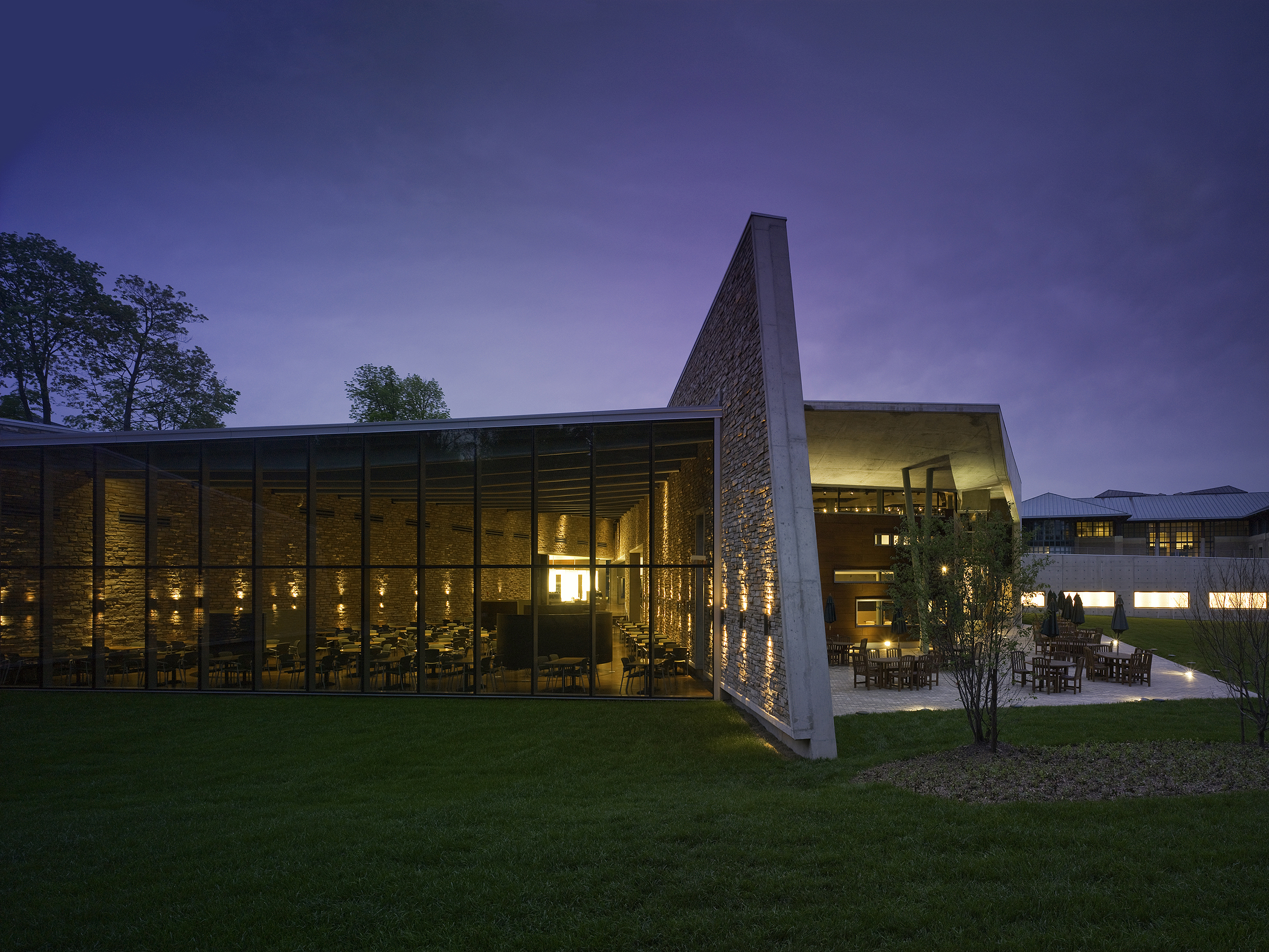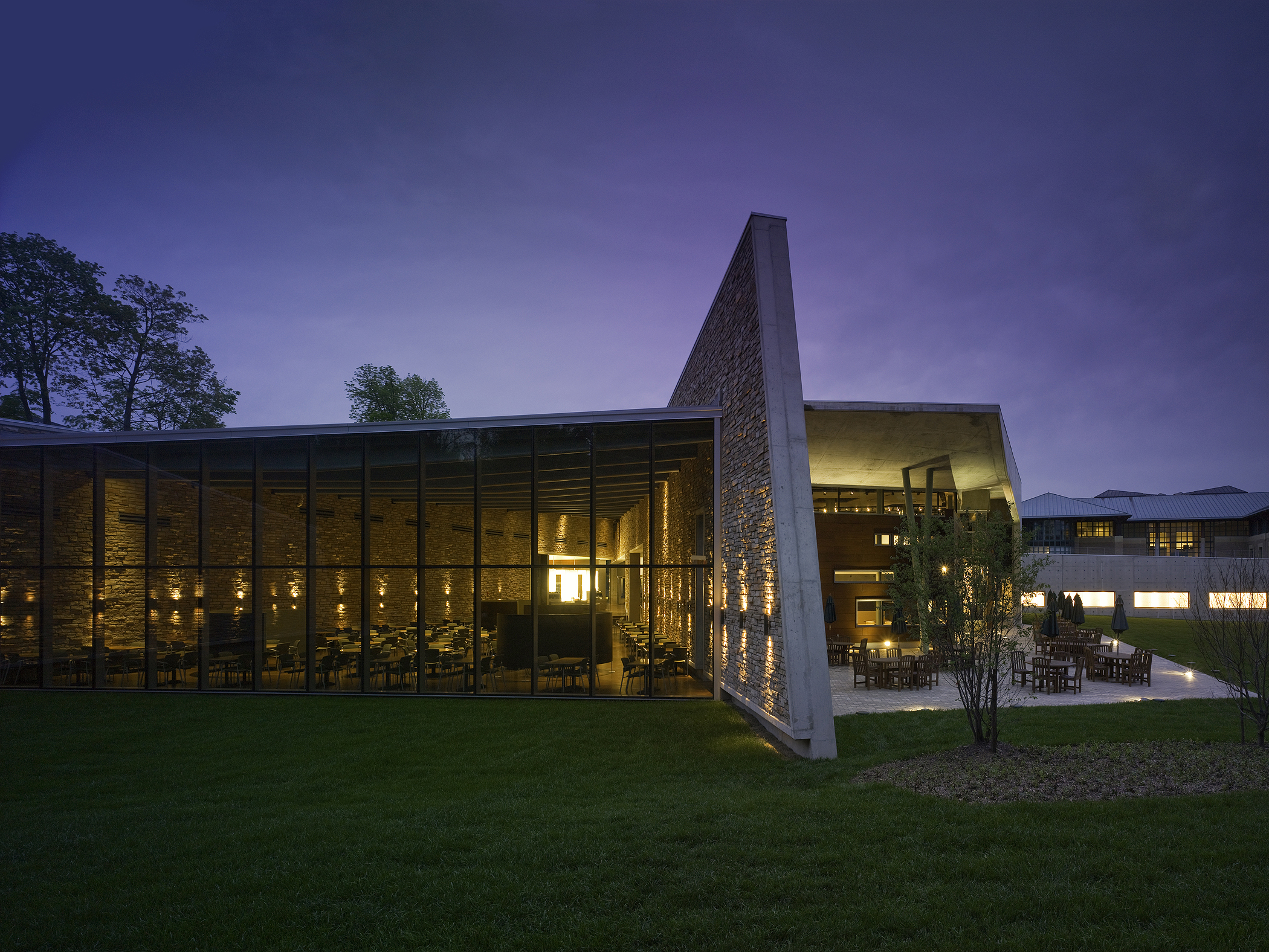Estimated reading time: 2 min
In 2021 we saw the rise of new trends such as new social spaces, new facades and increased usage of steel for structures. Some of these trends have made it in the predictions for 2022 but there are also new ones. With just barely two weeks in the new year, here are the architectural trends for 2022.
1. Bring the Outside Inside
This trend gained popularity in 2020. For this year, we expect some evolution such as indoor/outdoor bathrooms with full-length windows and utilisation of ‘earthy’ and ‘natural’ tones within their colour palettes, with timber cladding offering opportunities for architects working within this style. Considering the open spaces, the designs presented by this trend would be more suitable for warmer months and countries.
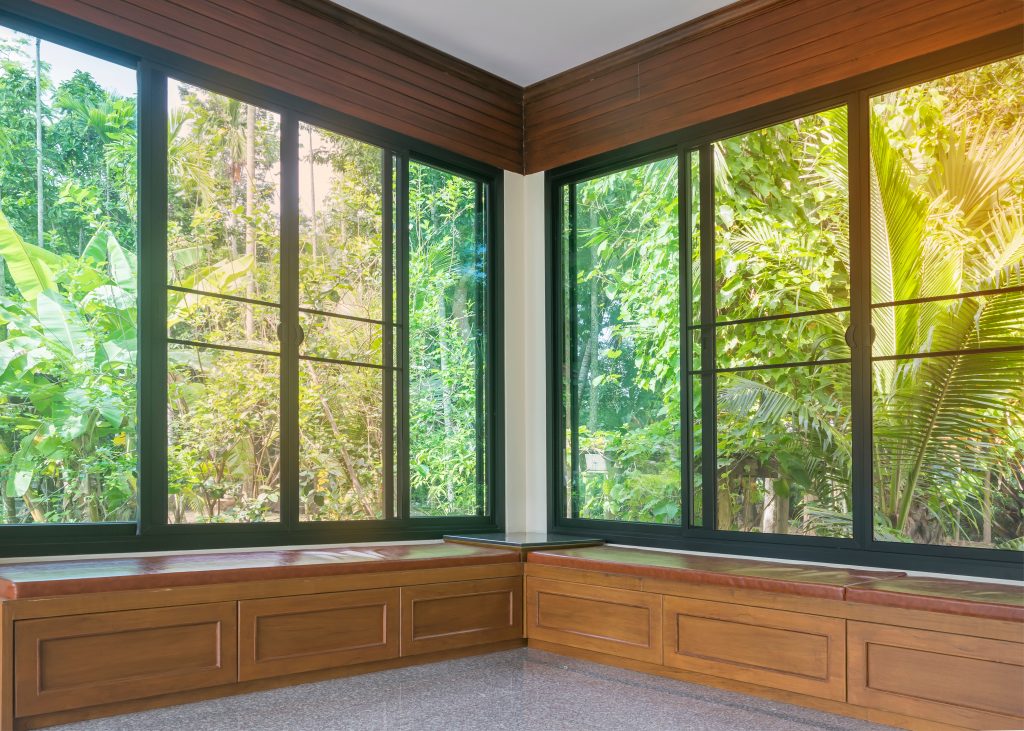
2. Smart Homes
With the dawn of Smart TVs and Alexa, other AI home-friendly technologies have followed suit. There is now built-in camera doorbells, smart thermostats, and even robots that clean the floors for you. These technologies are getting more sophisticated by the day. For instance, there will be more buildings with built-in sensors that adjust the heating or reduce the energy consumption based on how many occupants there are in a room.
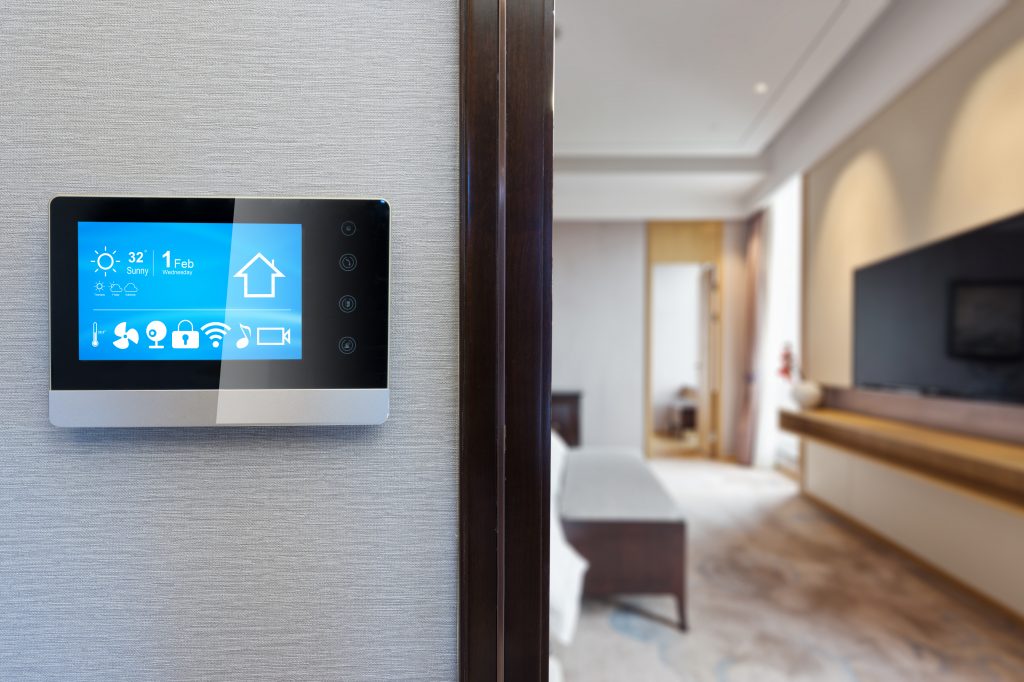
3. Green Buildings
This trend, just as the previous one, is no surprise. Given the climate change crisis, sustainability has seen a steep rise in recent years. In architecture, there are now more energy-efficient and low-consuming buildings that implement water recycling systems and improved and increased usage of natural lighting. We only expect to see these numbers grow.
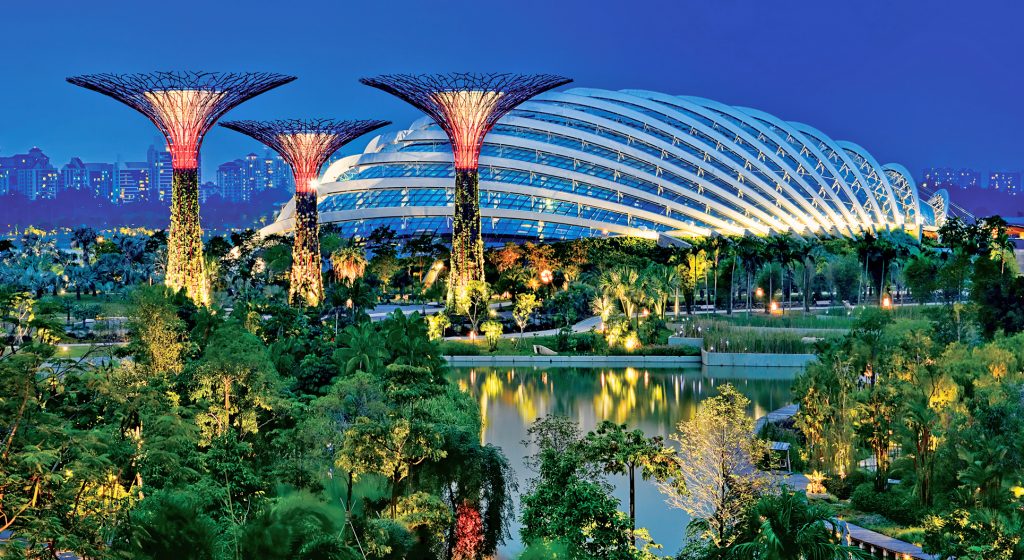
4. Multifunctional Spaces
Covid-19 has suddenly disrupted the working environment, transforming the way and the places we work in. For architects, WFH (Working from Home) has meant that instead of creating something raw, there has been a need to improve the efficiency of spaces, making them multi-purpose. A living room or a bedroom can now be offices too. They can include multi-purpose surfaces or improved acoustics for online meetings, for instance. Architects are finding more ways to guarantee multi-purpose efficiency while also preserving the home as the place where someone spends their free time.

5. Minimalism
Minimalism is seeing a comeback, too, especially regarding the materials used to build. The focus will move away from concrete blocks and use timber instead while also incorporating more ‘earthy’ tones that work well amongst natural surroundings. Connected to sustainability, this tendency to use quality materials to ensure thermal and acoustic insulation will result in economic savings and an environmental benefit.
